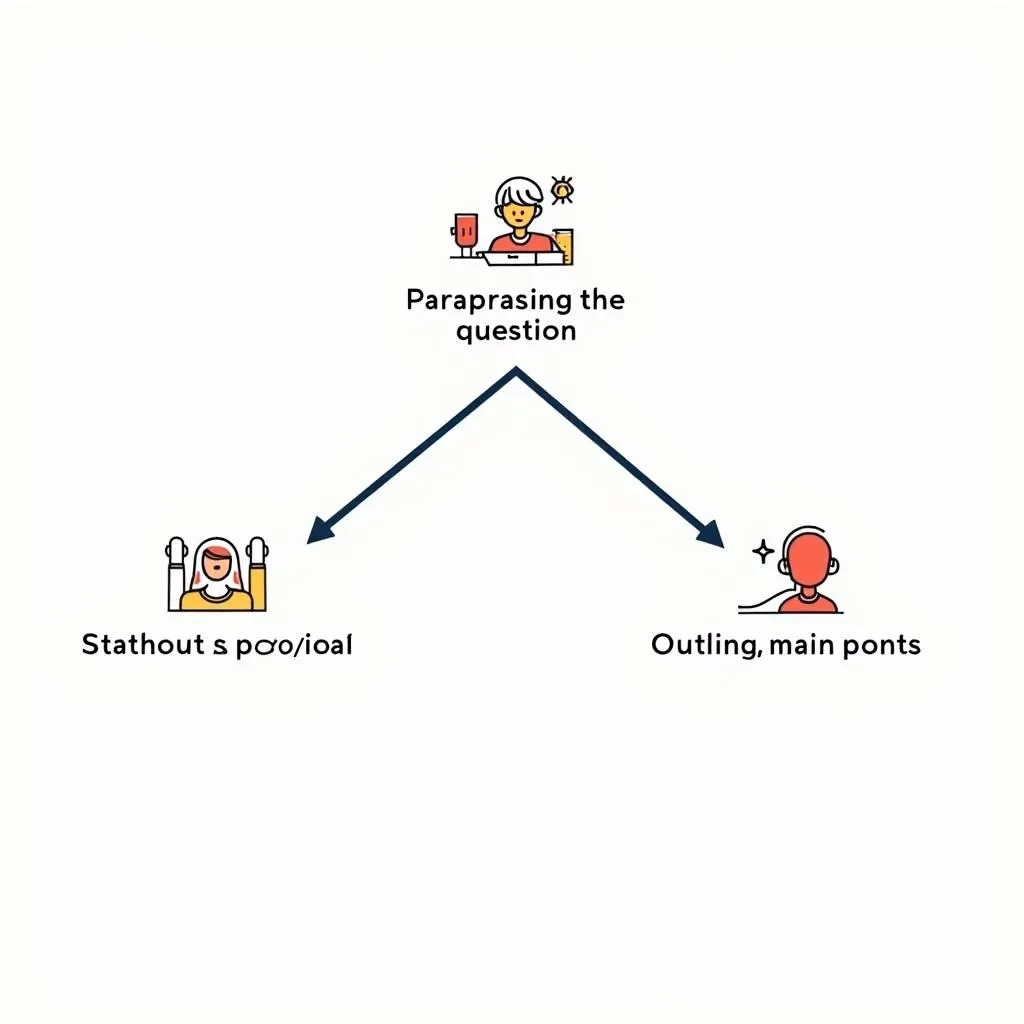Understanding the Importance of a Clear Introduction
A well-crafted introduction is crucial for success in IELTS Writing tasks. It sets the tone for your essay, provides context for the reader, and outlines your main arguments. A clear introduction can significantly impact your overall score by demonstrating your ability to organize ideas and communicate effectively in English.
Key Elements of a Strong IELTS Introduction
- Paraphrasing the question
- Stating your position (for opinion essays)
- Outlining the main points you will discuss
These elements help create a roadmap for your essay, making it easier for the examiner to follow your thoughts and evaluate your writing skills.

Techniques for Writing Clear Introductions
Paraphrasing the Question
Paraphrasing demonstrates your understanding of the task and showcases your vocabulary skills. To effectively paraphrase:
- Use synonyms for key words
- Change the sentence structure
- Maintain the original meaning
Example:
Original question: “Some people believe that children should be taught how to manage money at school.”
Paraphrased: “There is a growing belief that financial education should be included in the school curriculum for young learners.”
Stating Your Position
For opinion essays, clearly state your stance on the issue. This helps the reader understand your perspective from the outset.
Example: “In my opinion, teaching children about financial management in schools is crucial for their future success.”
Outlining Main Points
Briefly mention the key arguments you will discuss in your essay. This provides a clear structure for your writing and helps the examiner follow your logic.
Example: “This essay will explore the benefits of financial education for children, potential challenges in implementing such programs, and ways to overcome these obstacles.”
Common Mistakes to Avoid
- Being too vague or general
- Including irrelevant information
- Writing overly long introductions
- Directly copying the question
To avoid these pitfalls, focus on concisely addressing the task and providing a clear roadmap for your essay.
Practice Exercises for Improving Your Introductions
- Paraphrasing practice: Take sample IELTS questions and practice rewriting them in your own words.
- Timed introductions: Set a timer for 5 minutes and write introductions for various IELTS topics.
- Peer review: Exchange introductions with a study partner and provide feedback on clarity and structure.
These exercises will help you develop the skills needed to craft effective introductions under exam conditions.
Adapting Your Introduction to Different Essay Types
While the basic principles remain the same, you may need to adjust your approach slightly for different IELTS Writing Task 2 essay types:
Opinion Essays
Clearly state your position on the issue in addition to paraphrasing the question and outlining your main points.
Discuss Both Views Essays
Briefly mention that you will explore multiple perspectives before presenting a balanced conclusion.
Problem-Solution Essays
Acknowledge the problem in your paraphrase and indicate that you will discuss both the issues and potential solutions.
The Role of Vocabulary in Clear Introductions
Using a range of vocabulary is essential for crafting clear and impressive introductions. Here are some strategies to enhance your lexical resource:
- Use academic synonyms for common words
- Incorporate topic-specific vocabulary
- Employ a variety of sentence structures
Example:
Instead of “Many people think”, try “It is widely believed” or “There is a prevailing notion”.
Learn more about improving your IELTS vocabulary
Conclusion
Mastering the art of writing clear introductions is a vital skill for IELTS success. By paraphrasing effectively, stating your position clearly, and outlining your main points, you set a strong foundation for your essay. Remember to practice regularly, adapt your approach to different essay types, and use a range of vocabulary to showcase your English proficiency. With these strategies, you’ll be well-equipped to create compelling introductions that impress IELTS examiners and set the stage for high-scoring essays.